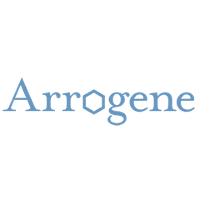ABSTRACT:Despite the discovery of a series of fullerenes and a handful of noncarbon clusters with the typical topology of Ih-C60, the smallest fullerene with a large degree of curvature, C20, and its other-element counterparts are difficult to isolate experimentally. In coinage metal nanoclusters (NCs), the first all-gold fullerene, Au32, was discovered after a long-lasting pursuit, but the isolation of similar silvery fullerene structures is still challenging. Herein, we report a flying saucer-shaped 102-nuclei silver NC (Ag102) with a silvery fullerene kernel of Ag32, which is embraced by a robust cyclic anionic passivation layer of (KPO4)10. This Ag32 kernel can be viewed as a non-centered icosahedron Ag12 encaged into a dodecahedron Ag20, forming the silvery fullerene of Ag12@Ag20. The anionic layer (KPO4)10 is located at the interlayer between the Ag32 kernel and Ag70 shell, passivating the Ag32 silvery fullerene and templating the Ag70 shell. The tBuPhS− and CF3COO− ligands on the silver shell show a regioselective arrangement with the 60 tBuPhS− ligands as expanders covering the upper and lower of the flying saucer and 10 CF3COO− as terminators neatly encircling the edges of the structure. In addition, Ag102 shows excellent photothermal conversion efficiency (η) from the visible to near-infrared region (η = 67.1% ± 0.9% at 450 nm, 60.9% ± 0.9% at 660 nm and 50.2% ± 0.5% at 808 nm), rendering it a promising material for photothermal converters and potential application in remote laser ignition. This work not only captures silver kernels with the topology of the smallest fullerene C20, but also provides a pathway for incorporating alkali metal (M) into coinage metal NCs via M-oxoanions.






